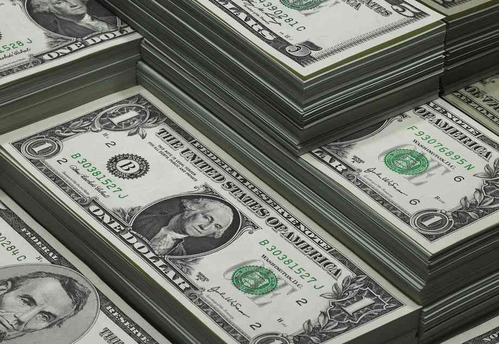New Delhi— The U.S. dollar fell 0.7 percent on Monday, marking its fifth consecutive day of losses and pushing the DXY index— which measures the dollar’s strength against a basket of major currencies— to its lowest level in three years.
The slide comes amid growing investor unease following President Donald Trump’s declaration of “Liberation Day” earlier this month, during which he introduced a new wave of aggressive tariff policies. Since then, the dollar index has dropped more than 4 percent.
Investor confidence in the strength of the U.S. economy appears to be waning, prompting capital outflows from American assets.
President Trump attempted to reassure markets last week, insisting the U.S. dollar would remain “the currency of choice.” He added that if any country considered abandoning the dollar, “a single phone call” would bring them back in line.
Despite this show of confidence, market sentiment has grown increasingly jittery.
Analysts say there is still no clear alternative to the dollar as the world’s primary reserve currency. However, the escalating tariff standoff has introduced significant uncertainty.
Last week, the U.S. raised tariffs on Chinese imports to a cumulative 145 percent. In retaliation, China increased its tariffs on U.S. goods from 84 percent to 125 percent.
“This trade battle has triggered a global market sell-off,” analysts noted. Even traditionally safe assets like U.S. Treasuries have taken a hit.
The yield on 10-year U.S. Treasury bonds is now on track for its largest weekly increase since 2001, reflecting higher risk premiums demanded by investors.
Meanwhile, the Indian rupee recorded its strongest single-day gain in over two years last Friday, rising 0.75 percent. A weakening dollar and falling crude oil prices lifted investor sentiment.
The rupee closed at 86.05 against the dollar, a notable jump from Thursday’s close of 86.70.
The currency’s rebound came as global concerns about the U.S. economy fueled a broader decline in the dollar’s value. (Source: IANS)








